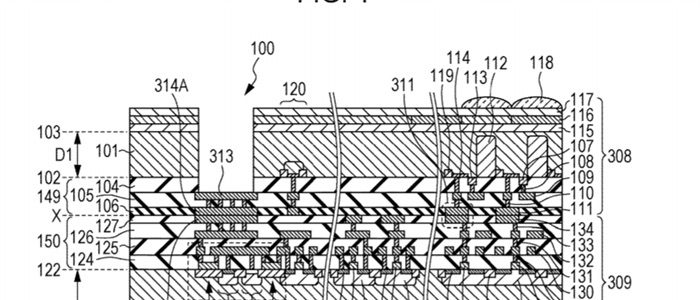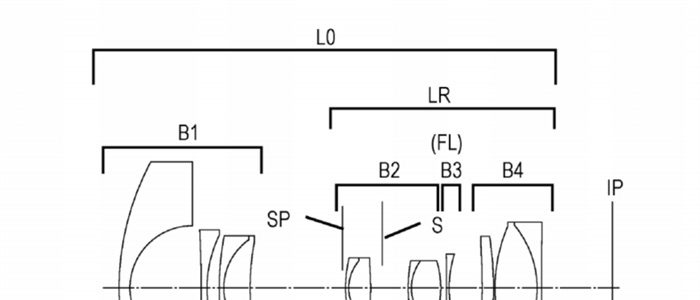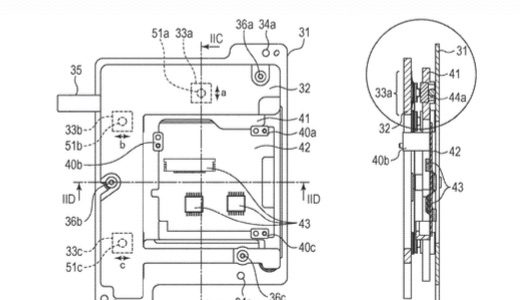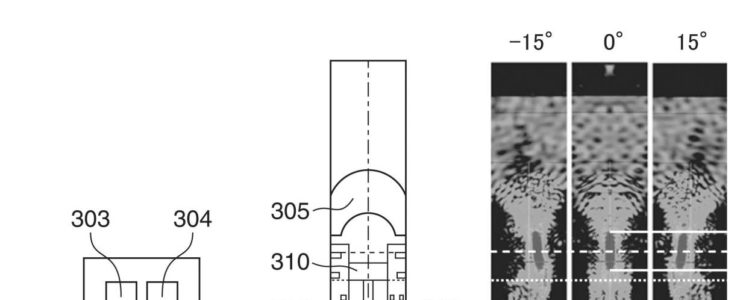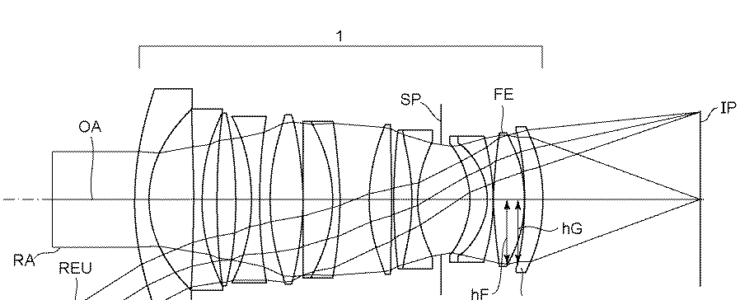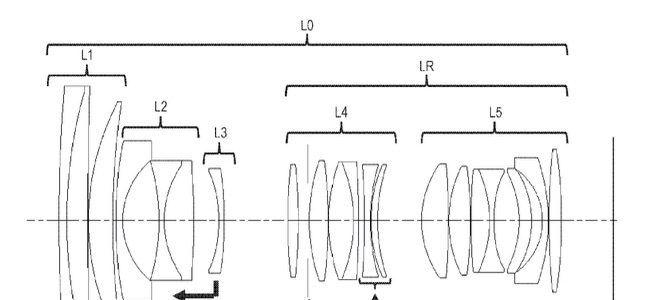A recently spotted Canon patent application suggests Canon might be at works to design the technological evolution of its patented Dual Pixel Auto Focus (DPAF).
Canon patent application 2019-041178 (Japan) describes a technology where pixels are split in four parts. This should allow for a more precise AF in all possible directions.
From the patent literature:
Therefore, there is the object of this invention in providing the image sensor which can always perform focus detection by an image surface phase difference system with high precision, and the imaging device using this image sensor.
In order to achieve the above-mentioned object, the image sensor by the present invention, A plurality of optical waveguides which a unit pixel part provided with a plurality of pixels is the image sensor arranged by two-dimensional matrix form, and draw light to said plurality of pixels, respectively, It has the segregant formed among said plurality of waveguides, the height and position of the aforementioned segregant are changed according to image height, and the pupil distance of said plurality of pixels is changed in each of the aforementioned unit pixel part.
The patent literature seems to describe an APS-C sensor with a resolution around 20MP:
A unit pixel has the 1st focus detection pixel 201, the 2nd focus detection pixel 202, the 3rd focus detection pixel 203, and the 4th focus detection pixel 204, and these pixels are arranged by two lines x two rows. In the illustrated example, although the pixel structure of four lines x four rows is shown, the many pixel is actually arranged by two-dimensional matrix form. For example, the image sensor is 4 micrometers in the cycle P of a pixel, and is side [ of 5575 lines ] x [ 3725 rows ] long = about 20,750,000 pixels in the pixel number N. The image sensor is 2 micrometers in the line writing direction cycle PAF of a focus detection pixel, and is side [ of 11150 lines ] x [ 7450 rows ] long = about 83,060,000 pixels in the focus detection pixel number NAF.
No idea if this patent describes a technology that might get into production soon. More Canon patent applications are listed here. Some particularly interesting patent applications we think might get into production in the next few years are these:

